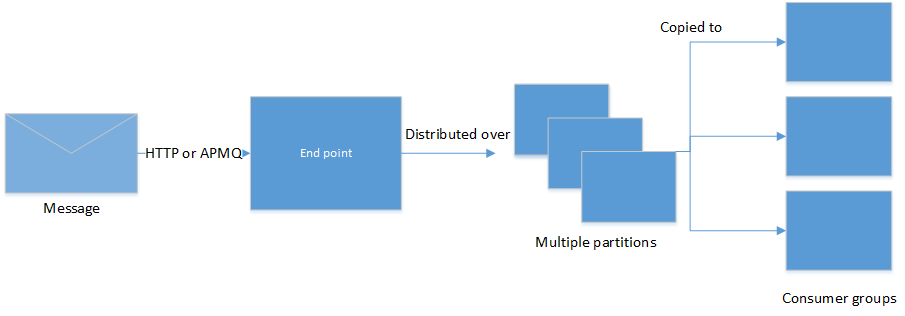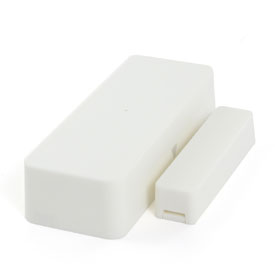Last year I wrote a book then I blogged about writing a book. I concluded that post with
I guess watch this spot to see if I end up writing another book. -Simon Timms
Well, my friendly watchers, it has happened. This time I wrote a book about JavaScript patterns. I feel like a bit of a fraud because I don’t really believe that I know much about either patterns or JavaScript. I did manage to find some way to fill over 250 pages with content. I also feel like this book is much better than the last book, if only because it is physically heavier.
I agreed to write it for a couple of reasons
I had forgotten how much time it takes to write a book. Seriously it takes forever. Even when you’re done you’re never done. There are countless revisions and reviews and goodness knows what else to eat up your time. Maybe a review only takes 10 minutes a chapter but 12 chapters later and you’ve used up another 2 hours. I don’t like to do the math around dollars an hour for writing but it is low, like below minimum wage low. I met Charlie Russel at the Microsoft MVP Summit earlier this year and had a good chat with him about making a living writing books. He has been in the game for many years and has written more books than I have pairs of socks (even if you relax your constrains and let any two socks be a pair regardless of matching). He told me of a golden age when it was possible to make a good living writing books. Those days are gone and we’re all in a mad dash to the bottom ““ which is free and free isn’t maintainable. That’s a topic for another day.
I liked the topic. Patterns are good things to know. I would never recommend that you go out of your way to implement patterns but having a knowledge of them will help you solve common problems in a sensible way. It is said there are only so many basic plots for a story and I think patterns are like that too. You start writing a story and while it is unique you’ll find that one of the archetypal plots emerges. You can also never go wrong talking about JavaScript.
I figured this book would get more exposure than the last one. My last book was pretty niche. I can’t imagine there are more than 2 or 3 dozen people in the world who would be interested in visualizing social media data to the degree they would buy a book on it. This one, however, should have a much broader reach. I’ve been working on getting my name out there in the hopes that the next time I’m looking for work it is easier.
If you happen to be one of the people interested in JavaScript and how to write it building on the patterns we’ve spent 20 years discovering then go on, buy the book.
This time, however, I’m serious! I’m not writing any more books through a traditional publisher. I’ve already turned down an offer to write what would have been an really interesting one. For my next foray I’m going to publish through LeanPub. They are a nice and funny group of folks whose hands off approach allows for much more creativity around pricing and even production of the book. I’m also done with writing books by myself, I need some companionship on the journey.
There will be more books, just watch this space!











